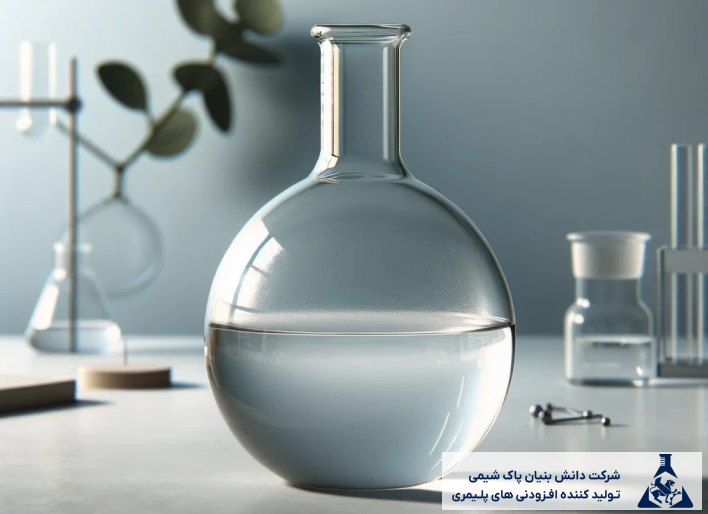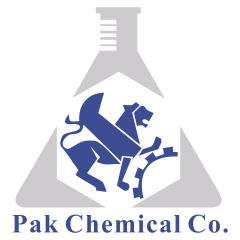Waxes play an important role in controlling process and appearance properties in polymer industries. In the meantime, L-G16 Liquid Wax, as a widely used lubricant and processing aid, has found a special place in the polymer production industries, masterbatches, PVC profiles and other extrusion and thermoforming processes. With its controlled viscosity, high thermal stability, and ability to create surface and internal lubrication, this material helps optimize production, reduce waste, increase mold life and improve the quality of the final product.
Chemical composition and physical structure of L-G16 Liquid Wax
L-G16 Liquid Wax is a compound based on polyolefin or modified polyethylene that appears as a transparent or translucent amber liquid at room temperature. This material, with its optimized molecular structure, is designed to act as both an external lubricant and an internal lubricant in many polymer systems.
Technical specifications:
- Approximate value characteristics
- Appearance of light amber liquid
- Density (25°C) ~0.9 g/cm³
- Viscosity (at 120°C) depending on grade
- Lower pour point than other waxes
- Excellent miscibility with PVC, PE, PP, and masterbatches
- High thermal stability, no decomposition at process temperatures
Key benefits and functions of L-G16 Liquid Wax
High-performance surface lubricant:
By reducing friction between the polymer and equipment, this wax helps reduce material adhesion to the walls of cylinders and molds, increasing production speed and preventing localized overheating.
Mold release agent:
In the molding process, it is very important to remove the part from the mold without damage and adhesion. L-G16 facilitates the demolding process by creating a thin film on the mold.
Surface gloss and product uniformity:
Using L-G16 wax in the formulation increases surface gloss, reduces staining, and creates uniform and clean surfaces.
Increased production efficiency and reduced waste:
By preventing material accumulation in hot areas, the formation of burnt spots, or clogging in extrusion dies, L-G16 significantly increases production efficiency.
High compatibility with other additives:
This wax is easily combined with stabilizers, antioxidants, pigments, and other additives and does not cause any chemical incompatibility.
Industrial Applications of Liquid Wax L-G16
L-G16 wax can be used in a wide range of industrial applications due to its lubricating properties and thermal stability:
- Production of hard and soft PVC profiles
- Polyethylene and polypropylene pipes and fittings
- PVC foam sheets and plates (Cellular Sheets)
- Polymer extrusion and injection process
- Compounding and colored masterbatches
- Cable manufacturing and wire coating
- Printing, ink, and powder coating industries
- Additive to epoxy and polyester resins
- Production of EVA, footwear, and TPR injection products
How to use Liquid Wax L-G16 in formulations
The amount of L-G16 used depends on the type of application and formula, but is usually in the range of:
- 0.3% to 1.5% by weight in PVC systems
- 0.2% to 1.0% in foam masterbatches and powders
- Up to 3% in EVA or TPR compounds for high lubricity
Safety and storage tips for L-G16 liquid wax
- Direct contact with eyes and skin should be avoided.
- The storage environment should be dry, cool and away from direct sunlight.
- Non-combustible, but it is better to keep it away from heat sources.
Storage conditions:
- At room temperature (15 to 30 ° C)
- In sealed, moisture-resistant original containers
- Shelf life: At least 12 months under proper conditions
As a key additive in the plastics industry, L-G16 liquid wax plays an important role in optimizing production, increasing the appearance quality of products, and reducing equipment maintenance costs. With numerous advantages such as high thermal stability, reduced adhesion, effective lubrication and wide compatibility, the choice of this material can lead to increased productivity and quality in production lines.

Read more:
